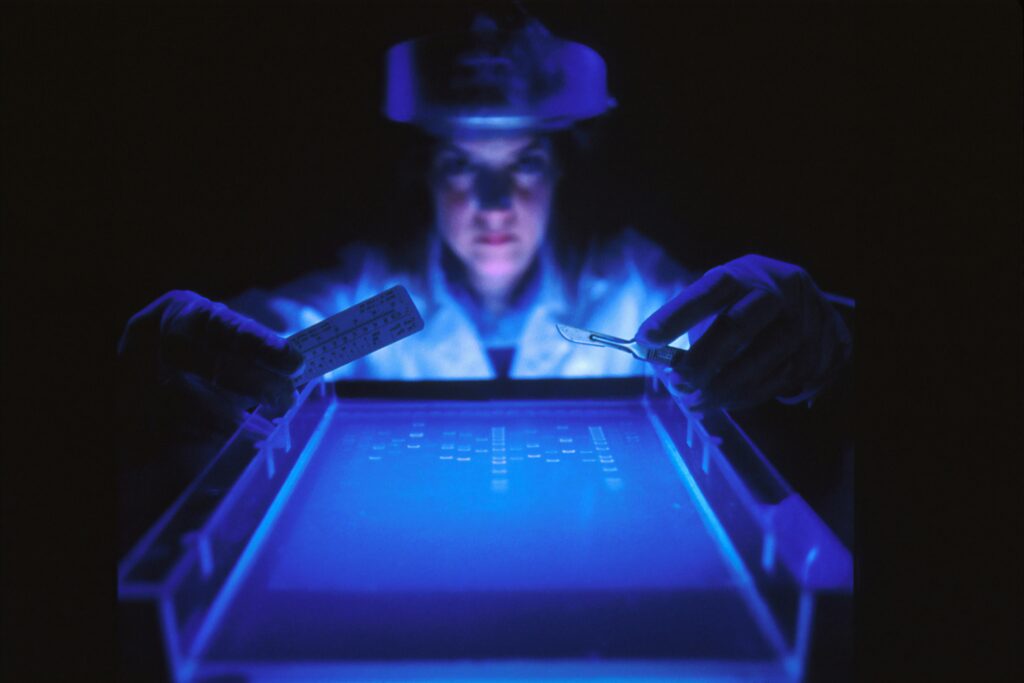
Today’s GPS smartwatches and wearable devices offer runners extensive data on pace, location, and heart rate. However, these devices fall short of measuring the fundamental physics of running: the forces generated when a runner’s foot hits the ground and propels forward. These forces, which include braking and propulsion, are crucial for understanding performance and injury risks. Researchers at the Harvard John A. Paulson School of Engineering and Applied Sciences (SEAS) believe that wearable sensor technology is on the brink of providing runners with insights into these forces, potentially enhancing health and performance.
A recent study published in PLOS One by the lab of Conor Walsh, the Paul A. Maeder Professor of Engineering and Applied Sciences at SEAS, demonstrates that simple, commercially available sensors can effectively measure ground-reaction forces. This breakthrough could lead to devices that deliver real-time data to runners, offering a new dimension of performance analysis.
Understanding Ground-Reaction Forces
“Wearable sensors, combined with machine learning, can accurately estimate the forces acting on a runner’s body – not just in the lab, but out in the real world,” said lead author Lauren Baker, a recent Ph.D. graduate from Walsh’s lab and an avid runner. The study builds on foundational work by co-author Daniel Lieberman, the Edwin M. Lerner Professor of Biological Sciences at Harvard, who has long investigated running biomechanics in the context of human evolution.
Lieberman’s research highlighted the link between overstriding—when a runner’s foot lands far ahead of their hips and knees—and increased braking forces. The collaboration between Lieberman’s and Walsh’s teams has previously demonstrated that wearable sensors can capture data on overstriding and braking. This study expands that capability to include other relevant forces, focusing on the horizontal forces of braking and propulsion.
Capturing and Interpreting Data
For the study, Baker and her colleagues collected ground-reaction force data from 15 volunteer runners in the Harvard Motion Capture Lab. This facility is equipped with a motion capture camera system, a treadmill with force-sensitive plates, and a mini track with embedded force-sensitive plates. Each runner also wore inertial measurement units, commonly used in phones and gaming devices, which capture motion and orientation data but not force directly. Machine learning played a crucial role in interpreting this data.
The raw force data were processed through a machine learning model, adapted from previous studies estimating walking propulsion forces in stroke recovery patients. The model successfully predicted overstriding-related running forces from new participants not included in the original training data. By incorporating just a few steps of user-specific data, the model’s predictions became even more personalized.
Real-World Application and Future Directions
To test the model’s real-world applicability, Baker outfitted a subset of five runners with the same inertial measurement sensors on their hips and lower legs. These runners performed on an outdoor track, and the model estimated braking and propulsion forces based solely on motion data captured by the sensors. This approach addresses the challenge of measuring running forces in outdoor settings, where direct measurement is often impractical.
“It struck me that a lot of biomechanics research takes place on a treadmill,” Baker noted. “And a lot of running does not.” Lieberman added, “Since we can learn so much by studying people on treadmills, this research will help us test hypotheses about running biomechanics in the real world, especially to help prevent injuries.”
Implications for Athletes and Technology
Walsh’s lab continues to explore innovative uses of machine learning and wearable sensor technology for human locomotion and health. “More data to understand performance for recreational or elite athletes is a trend that is only increasing,” Walsh stated. “We recognize there is a big gap between what existing commercial wearables measure and what we would like to measure to truly understand running form or athletic performance.”
Future research may focus on determining the optimal number and placement of sensors on the body for maximum accuracy and integrating these sensors with existing smartwatch capabilities. This integration could provide runners with immediate feedback on their form, offering insights historically limited to laboratory settings.
“Wearable sensors could give runners access to running metrics historically limited to lab collection only,” Baker emphasized. The study was co-authored by Fabian C. Weigend, Krithika Swaminathan, Daekyum Kim, and Andrew Chin, highlighting the collaborative effort in advancing this groundbreaking research.






